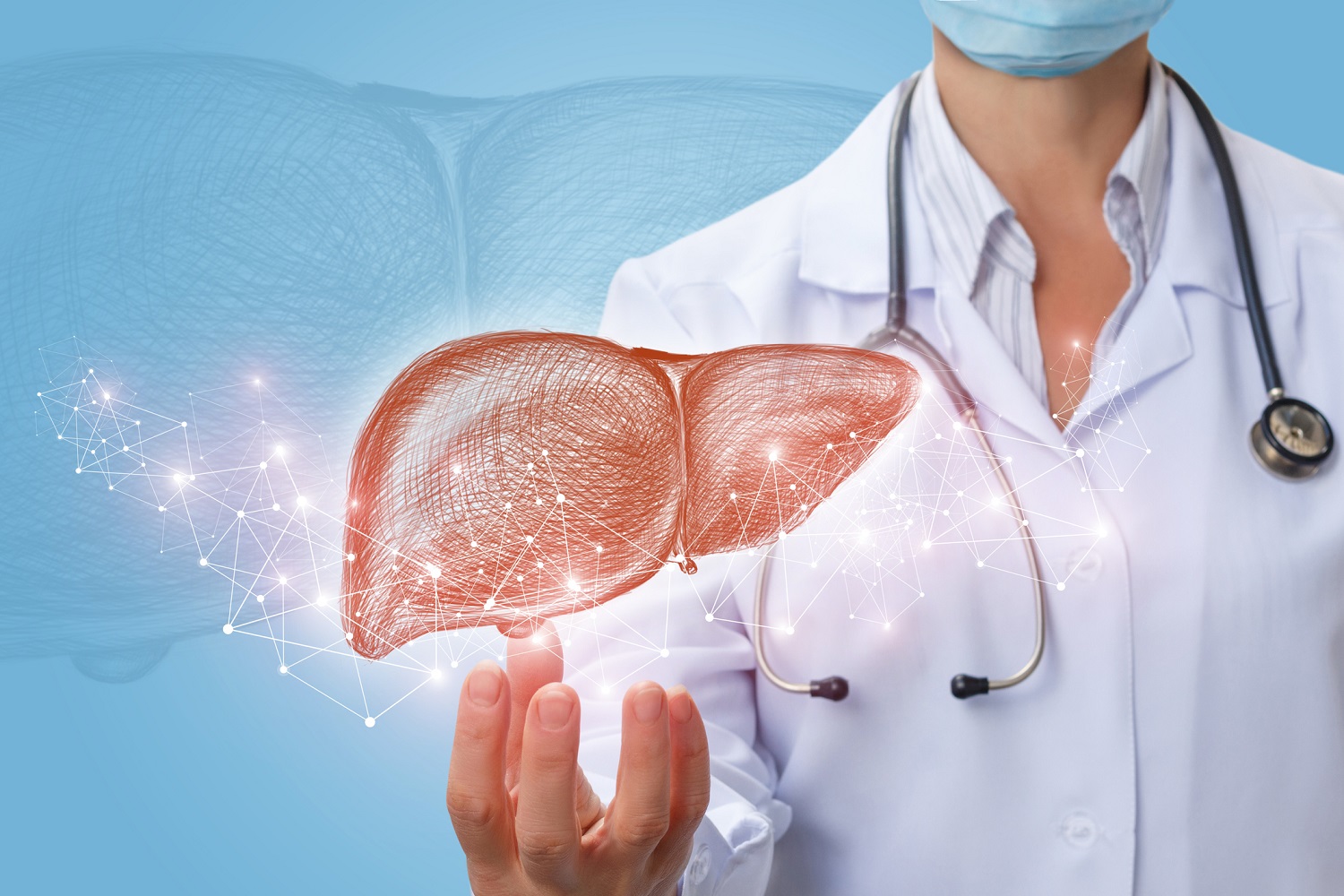Provide Cutting-edge Therapies for all Disorders of the Liver Including

There are numerous types of liver disease that can be caused by infections, hereditary disorders, obesity, and alcohol abuse. Scarring and more serious problems may result from liver disease over time. Early treatment can aid in the healing process and prevent liver failure.
What is liver disease?
The liver is the second-largest organ in your body (after the skin). It is about the size of a football and sits just under your ribs on the right side. As nutrients and trash pass through your digestive system, the liver separates them. It also produces bile, a chemical that transports toxins from the body and assists digestion.
The term "liver disease" refers to a variety of illnesses that can affect and harm your liver. Cirrhosis (scarring) can develop as a result of liver illness over time. The liver can no longer function effectively as scar tissue replaces healthy liver tissue. If left untreated, liver illness can progress to liver failure and malignancy.
How common is liver disease?
Liver disease is a broad term that encompasses a range of conditions affecting the liver's structure and function. The prevalence of liver disease can vary significantly depending on the specific type of liver disease, geographical location, lifestyle factors, and underlying health conditions. Some common types of liver diseases include:
Non-alcoholic fatty liver disease (NAFLD) : This is one of the most common liver conditions worldwide. It's often associated with obesity, diabetes, and metabolic syndrome. The exact prevalence can vary, but it's estimated that around 25% to 30% of the global population may have NAFLD.
Alcoholic liver disease : This type of liver disease is caused by excessive alcohol consumption and can range from fatty liver to more severe conditions like alcoholic hepatitis and cirrhosis. The prevalence of alcoholic liver disease is influenced by alcohol consumption patterns in different regions.
Viral hepatitis : Hepatitis B and hepatitis C viruses can cause acute or chronic liver infections. The prevalence varies by region, with some areas having higher rates of infection due to factors like inadequate healthcare infrastructure and blood screening practices. Globally, it's estimated that hundreds of millions of people are affected by viral hepatitis.
Cirrhosis : Cirrhosis is the advanced scarring of the liver tissue, usually as a result of long-term, continuous damage. The prevalence of cirrhosis can depend on factors such as alcohol consumption, viral hepatitis rates, and access to healthcare.
Liver cancer : Liver cancer, including hepatocellular carcinoma (HCC), is often associated with underlying liver diseases such as cirrhosis and viral hepatitis. The incidence of liver cancer can vary based on risk factors and region.
Symptoms of liver disease
✶ Swelling in your arms or legs (edema)
✶ Nausea or vomiting
✶ Fatigue
✶ Changes in the color of your urine or stool
✶ Bruising easily
✶ Abdominal (belly) pain (especially on the right side)
How do I prepare for an upper endoscopy?
✶ Nonalcoholic fatty liver disease (Fatty Liver, Obesity, and Wellness) Clinic
✶ Alcoholic liver disease
✶ Viral hepatitis
✶ Cholestatic liver diseases
✶ Liver cancers, such as hepatocellular carcinoma




